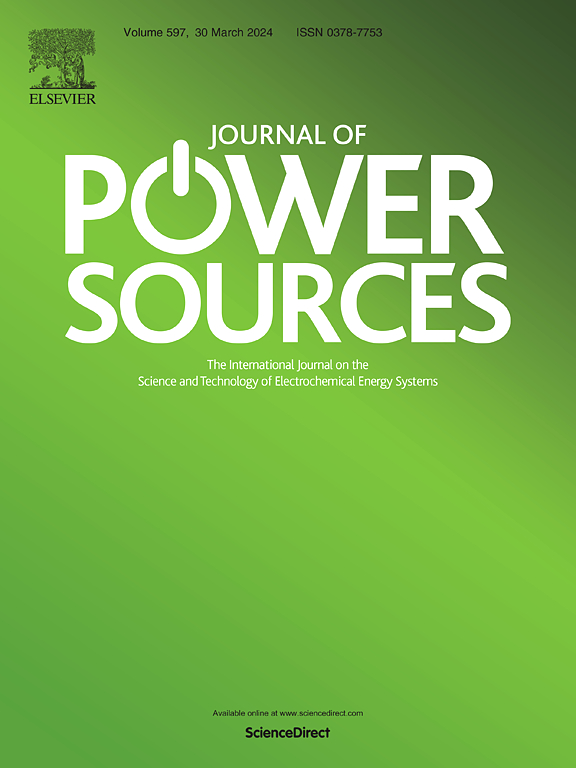Machine learning molecular dynamics simulations unraveling No paddle-wheel effect in Li2B12H12 solid-state electrolyte at room temperature
IF 8.1
2区 工程技术
Q1 CHEMISTRY, PHYSICAL
引用次数: 0
Abstract
Understanding the fast ion migration mechanism in ionic conductors by the ab-initio molecular dynamics (AIMD) simulations at the atomic scale plays a crucial role in the further optimization and development of superionic conductors. Sometimes, the room temperature (RT) diffusion properties extrapolated from the elevated temperature AIMD simulation with short simulation time and limited supercell size by the linear Arrhenius assumption are problematic. The recently emerging machine learning interatomic potential models enabling the ultra-long time and ultra-large size molecular dynamics simulations and maintaining the accuracy of the density functional theory calculation have caused great attentions. Herein, we utilized the deep neural network model to develop the machine learning interatomic potential for Li2B12H12 and conducted the large-scale machine learning molecular dynamics (MLMD) simulations, investigating the effects of Li vacancy concentration and temperature on [B12H12]2- anion group rotation. [B12H12]2- anion groups display the limited vibrational motion rather than remarkable rotation in Li2B12H12 without any Li vacancy defect at RT. Moreover, our MLMD simulations demonstrate the absence of the "paddle-wheel" effect even in the Li vacancy-rich Li2B12H12 at RT. Oppositely, the rotational [B12H12]2- anion groups have a negative impact on Li ion diffusion. These MLMD simulation results deepen our understandings of the relationship between anion rotation and cation diffusion in solids at RT.

求助全文
约1分钟内获得全文
求助全文
来源期刊

Journal of Power Sources
工程技术-电化学
CiteScore
16.40
自引率
6.50%
发文量
1249
审稿时长
36 days
期刊介绍:
The Journal of Power Sources is a publication catering to researchers and technologists interested in various aspects of the science, technology, and applications of electrochemical power sources. It covers original research and reviews on primary and secondary batteries, fuel cells, supercapacitors, and photo-electrochemical cells.
Topics considered include the research, development and applications of nanomaterials and novel componentry for these devices. Examples of applications of these electrochemical power sources include:
• Portable electronics
• Electric and Hybrid Electric Vehicles
• Uninterruptible Power Supply (UPS) systems
• Storage of renewable energy
• Satellites and deep space probes
• Boats and ships, drones and aircrafts
• Wearable energy storage systems
 求助内容:
求助内容: 应助结果提醒方式:
应助结果提醒方式:


